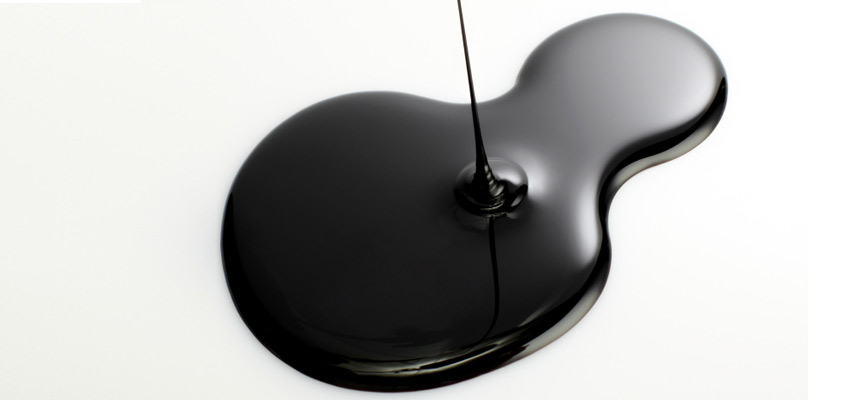A new version of the MOH (mineral oil hydrocarbons) orientation value table has been published by the Food Association (Lebensmittelverband) in Germany together with the "ALB" working group of the Federal Working Group on Consumer Protection.
A further product category was added to the list. For "nuts, oilseeds, coconut, peanuts and dried fruit and mixtures thereof" a guidance value of 4 mg/kg for MOSH is recommended. For MOAH the guideline value is still the respective limit of quantification. These values are not binding limit values. They are intended to increase the attention of producers and the trade to possible sources of mineral oil inputs and, if exceeded, to initiate a search for the cause with the aim of minimising the input of contamination.
Here is a brief summary of the current benchmark values as of June 2020:
|
Product group |
MOSH and analoga |
MOAH |
Notes |
|
Vegetable oils / fats (excluding soya bean oil and tropical vegetable oils) |
13 mg/kg |
n. d. 1) |
This orientation value should not be used for oils and fats derived from tropical plants (e.g. coconut oil). |
|
Bread and pastry, cakes, biscuits, cereals and cereal-based products, rice, pasta |
6 mg/kg |
n. d. 2) |
Not for raw materials or raw doughs |
|
Confectionery (sugar confectionery except chewing gum), chocolate and cocoa-based confectionery |
9 mg/kg |
n. d. 2) |
|
|
Nuts, oilseeds, coconut, groundnuts and dried fruit and mixtures thereof |
4 mg/kg |
n. d. 2) |
|
- d. – not determinable, i.e. Content < Limit of quantification (here: LOQmax in mg/kg according to the JRC Guidance on sampling, analysis and data reporting for monitoring of mineral oil hydrocarbons in food and food contact materials, status 2019); LOQmax for each fraction for fats / oils corresponds to 2 mg/kg
- d. – not determinable, i.e. Content < Limit of quantification (here: LOQmax in mg/kg according to the JRC Guidance on sampling, analysis and data reporting for monitoring of mineral oil hydrocarbons in food and food contact materials, status 2019); LOQmax for each fraction (see JRC Technical Report1 ) for low-fat foods < 4% fat corresponds to 0.5 mg/kg; > 4% fat corresponds to 1 mg/kg
Source: JRC Technical Report: Guidance on sampling, analysis and data reporting for the monitoring of mineral oil hydrocarbons in food and food contact materials, 2019, ISBN 978-92-76-00172-0
Our laboratory AGROLAB Dr. Verwey in Barendrecht is one of the leading institutes worldwide in the field of analysis of oilseeds, vegetable oils and fats.
The determination of mineral oil residues in the matrices listed in the table, but also in animal feed and packaging material, is part of the routine work of our colleagues who also carry out these analyses quickly and inexpensively for all other locations of the AGROLAB GROUP. You can therefore easily contact "your" nearest AGROLAB laboratory or one of our sales representatives directly with any questions or your order.
Link:
Author: Dr. Frank Mörsberger

 Contact
Contact

 Contact
Contact Career
Career